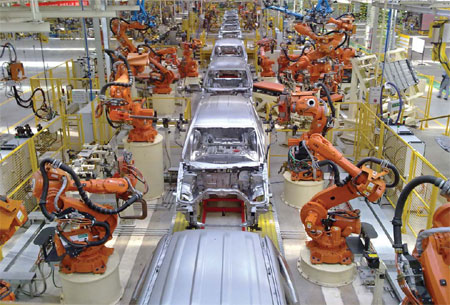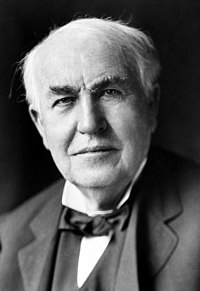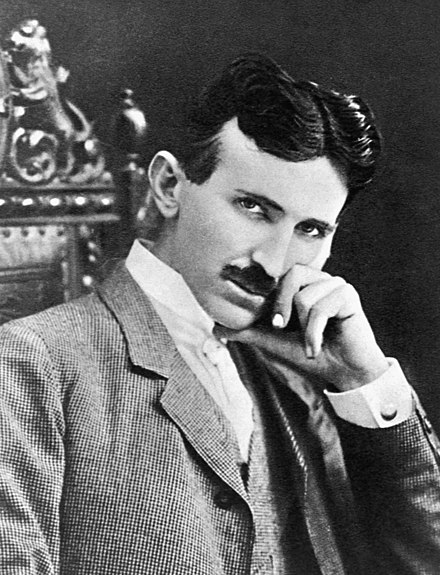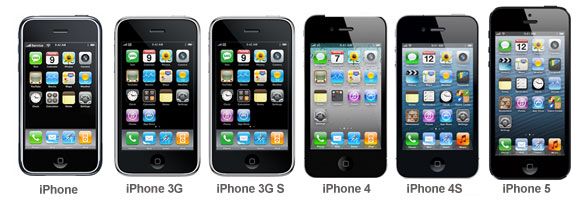Designers will be successful in the marketplace when they solve long-standing problems, improve on existing solutions or find a “product gap”. The constant evaluation and redevelopment of products is key, with unbiased analysis of consumers and commercial opportunities.
In order for an invention to become an innovation, the idea of the product needs to be effectively communicated. The communication can take many forms and be between many stakeholders.
Invention and Innovation
Thank you! to The Open University for their content on Invention and Innovation
Term: Innovation – the business of putting an invention in the marketplace and making it a success.
- It is making an invention/s useful and successfully entering it into the marketplace.
- A microchip is a wonderful invention, on its own it is useless but in a computer system it is awesome!
- Apple iPhone used many inventions to make it a successful product in the market place, including iTunes, touch screens, etc (all of which were inventions)
- A PBS article on invention versus innovation
- A Wired article on invention and innovation
Activity:
Few Inventions Become Successful Innovations due to the Following Reasons:
- Marketability
- Low product demand or not readily saleable
- Financial support
- There is little monetary backing from the organisation or an outsider.
- The invention would need more sponsors to financially aid the product.
- Marketing
- Is the process of getting products from the producer or vendor to the consumer or buyer, which includes advertising, shipping, storing, and selling. Poor marketing strategies or wrong target markets.
- Invention would need to be advertised as a product the public would want.
- Trends in innovation.
- The need for the invention
- Examples include alternative energy resources to combat our insatiable need for oil however if oil prices are low or there is a ready supply of oil then the alternative energy invention will not take hold.
- Price
- Affordable, cost effectiveness or value for money … therefore it may be too expensive to purchase, or to manufacture and the consumer may not see it worth its cost compared to its use.
- Keep in mind, the product’s price needs to be equivalent to the income of the specific age group that would buy the majority of the product.
- Resistance to change
- People and organisations can be resistant and reluctant to change, feeling comfort and security in the familiar thus resist new ideas/products.
- Aversion to risk
- “Risk aversion is a concept in economics, finance, and psychology related to the behaviour of consumers and investors under uncertainty”. (en.wikipedia.org 2007)
Being successful at innovation …
- Article from Innovation tools
Categories of Innovation
https://www.youtube.com/watch?v=mbPiAzzGap0
Open University explains sustaining and disruptive as well as process innovation.
Term: Sustaining innovation – A new or improved product that meets the needs of consumers and sustains manufacturers.
- Examples include the wheel and iPhone where 2nd, 3rd … 6th generations/versions of the product have been developed.
Term: Disruptive innovation – A product or type of technology that challenges existing companies to ignore or embrace technical change
Term: Process innovation – An improvement in the organization and/or method of manufacture that often leads to reduced costs or benefits to consumers.
- Example is in the automobile industry such as Ford with the introduction of assembly line production and Toyota with lean manufacturing.

More on types of innovation
Activity: Students will need to be able to draw from examples of each category of innovation.
Innovation Strategies for Design
Term: Architectural innovation – The technology of the components stays the same, but the configuration of the components is changed to produce a new design.
-
- Putting existing components together in novel ways.
- Examples include: electric cars, Sony Walkman.
 |
 |
 |
| 1970s Sony Walkman. | Panasonic Slim Portable Cassette player. | The Crosley (retro-styling) tape deck. |
Term: Modular innovation – The basic configuration stays the same, but one or more key components are changed.
-
- Making an existing comment better
- Examples include a new type of petrol filter, Youtube or Facebook.
- The Google’s Project Ara – new dream phone
Term: Configurational innovation – A change is made in both technology and organization.
A great read!
- Two students project.
Activity: Examples where innovation strategies have been used for products
Innovation Strategies for Markets
Term: Diffusion – is a process where a market will accept a new idea or product. The rate it accepts the new idea or product can be increased by several factors.
-
- A good article from USC in the US
- Examples of widely diffused products include the, light bulb, refrigerator (100%), ATM cards, Music CD’s (now mp4 format).
- Once widely accepted they often become dominant designs.
Term: Suppression – is a process where a new idea or adoption of a product by the market is actively slowed. This may be due to difficulties competing with a dominant design, ambiguity over patent ownership, competing companies actively petitioning against a new product it perceives as threatening, or the natural resistance to an unfamiliar concept.
-
- Diffusion vs Suppression from Open University
- Examples include the telephone (land line) when it had to compete with the firmly established (dominate design) of the telegraph(y).
Activity: Examples where innovation strategies have been used for products
International Mindedness
Innovations may have positive consequences in some countries/regions and negative ones in others.
Theory of knowledge
Design is always looking to the future and new development. Do other areas of knowledge have universal, timeless truths or are they continually in flux?





